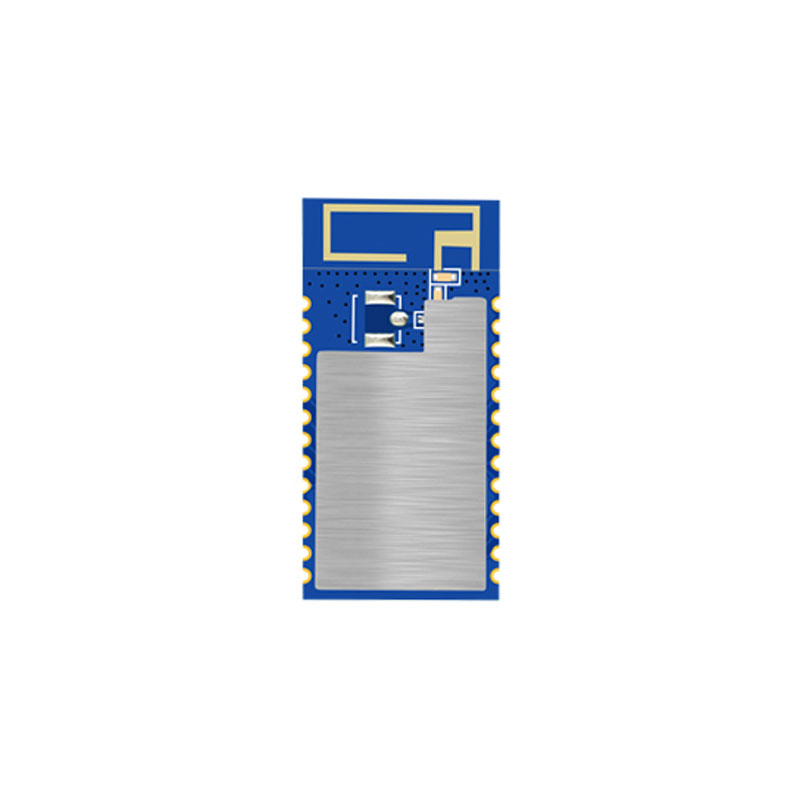
Bluetooth Modules are pivotal in the wireless communication ecosystem, and their performance indicators are crucial for selecting the right module for any given application. This article delves into the key performance metrics that define the capabilities and reliability of Bluetooth Modules.
The Chip of the Bluetooth Module
The performance of a Bluetooth Module is fundamentally determined by its chip. The chip’s computing power dictates the module’s overall efficiency and capability. Renowned manufacturers like Nordic Semiconductors are known for their strong R&D and high-performance chips. Modules developed using these chips, such as those based on the Nordic 52 series, offer advanced features and reliable performance.
Power Consumption of the Bluetooth Module
Power consumption is a critical feature, especially for battery-operated devices. Different Bluetooth versions—4.0, 4.2, and 5.0—have varying power consumption values, with Bluetooth 5.0 being the most power-efficient. When selecting a module, consider the version’s power consumption to ensure it aligns with your device’s power management requirements.
Transmission Content of the Bluetooth Module
The nature of data transmission is another significant factor. BLE (Bluetooth Low Energy) modules, for instance, support increased broadcast payload, with Bluetooth 5.0 modules offering up to 255 bytes, which is eight times the capacity of Bluetooth 4.2. This is particularly important for applications where data packet size is a concern.
Transmission Rate of the Bluetooth Module
The data transfer rate is a key indicator, with the nominal rate for Bluetooth PHY being 1M/bps. Bluetooth 5.0 increases this bandwidth to 1.4Mbps with its 2M PHY, making it an attractive choice for applications requiring faster data transmission.
Transmission Distance of the Bluetooth Module
The transmission distance is a common challenge for Bluetooth technology. Bluetooth 5.0 has made significant advancements, with a 125/500kbps coded PHY layer for increased sensitivity and range. This makes it an ideal choice for applications where longer communication distances are necessary.
Interface of the Bluetooth Module
The interface provided by the Bluetooth Module is essential for integration with other systems. Modules with versatile interfaces, such as UART, SPI, or I2C, offer greater flexibility and ease of integration, which is crucial for developers working on diverse projects.
Operating Frequency and Modulation
Bluetooth operates in the 2.4 GHz ISM band, with 79 RF channels for BR/EDR and 40 for LE, each spaced 1 MHz or 2 MHz apart. The modulation schemes include GFSK for Basic Rate and various PSK modulations for Enhanced Data Rates and Low Energy, which affect the module’s performance and resilience to interference.
Transmit Power and Receiver Sensitivity
Transmit power classes range from 1 mW to 100 mW, affecting the module’s range and performance. Receiver sensitivity, typically around -70 dBm, is the minimum power level a receiver can operate at while maintaining a specified Bit Error Rate (BER). These parameters are crucial for ensuring the module’s compliance with regulatory specifications and its ability to function effectively in various environments.
Conclusion
When selecting a Bluetooth Module, it’s essential to consider its performance indicators, including the chip’s capabilities, power consumption, transmission content, rate, distance, and interface. Understanding these metrics will help you choose the right module for your application, ensuring reliable and efficient wireless communication. As Bluetooth technology continues to evolve, these performance indicators will remain central to the selection process, guiding developers towards the optimal solution for their specific needs.


